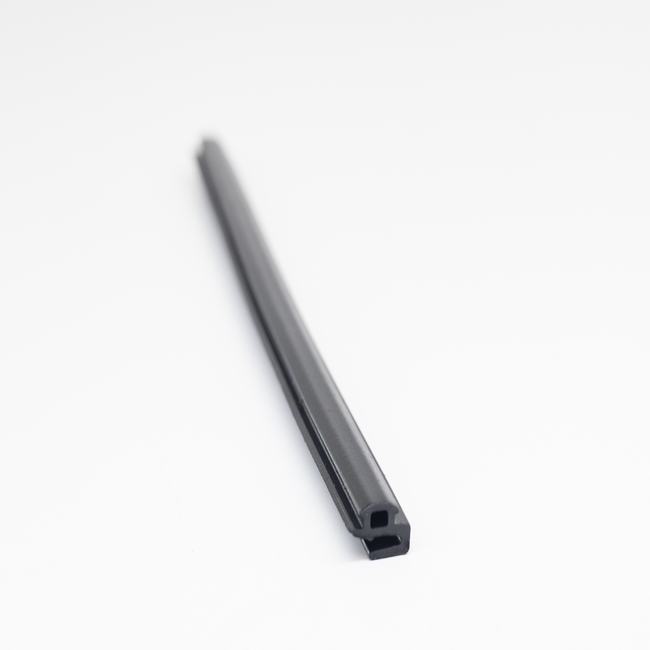Garage door seals, also known as garage door weatherstripping or garage door gaskets, are essential components designed to provide a barrier against external elements such as weather, dust, pests, and drafts. These seals are typically installed around the perimeter of a garage door to ensure a tight seal when the door is closed. Garage door seals are essential for maintaining the interior comfort of the garage, preventing water infiltration, and protecting stored items from environmental factors. Below are the key features, types, and common applications of garage door seals:
Key Features of Garage Door Seals:
- Material Composition: Garage door seals are commonly made from various materials, including rubber, vinyl, or thermoplastic elastomers (TPEs). The choice of material depends on factors like durability, flexibility, and weather resistance.
- Sealing Properties: Garage door seals are designed to create a tight seal between the garage door and the floor or frame. This seal prevents the entry of rainwater, drafts, insects, and debris into the garage.
- Flexibility: Most garage door seals are flexible and compressible, allowing them to adapt to irregularities in the garage floor’s surface and maintain a secure seal.
- Easy Installation: Garage door seals are typically easy to install and may come with adhesive backing or mounting hardware for quick attachment to the door or floor.
- Durability: High-quality garage door seals are durable and resistant to wear and tear, ensuring long-term effectiveness.
Types of Garage Door Seals:
- Bottom Seals: These seals are attached to the bottom edge of the garage door. When the door is closed, the bottom seal presses against the garage floor, forming a barrier against drafts, water, and pests.
- Threshold Seals: Threshold seals are installed directly on the garage floor, creating a raised barrier that helps keep water from entering the garage. They are particularly effective for preventing flooding during heavy rain.
- Side and Top Seals: Side and top seals are used to seal gaps around the sides and top of the garage door frame. They help maintain consistent temperature levels inside the garage and prevent drafts and pests from entering.
Common Applications of Garage Door Seals:
- Residential Garages: Garage door seals are widely used in residential garages to maintain a comfortable indoor environment and protect belongings from the elements.
- Commercial and Industrial Facilities: Commercial and industrial garages and warehouses use garage door seals to prevent dust, pests, and weather-related damage.
- Auto Repair Shops: Automotive service facilities often use garage door seals to maintain a clean and controlled workspace.
- Storage Units: Storage unit facilities utilize garage door seals to protect tenants’ stored items from environmental factors and pests.
- Home Workshops: Garage door seals are employed in home workshops to create a comfortable and controlled work environment.
- Retail Spaces: Retail stores with garage-style doors may use seals to prevent drafts and debris from entering the building.
In summary, garage door seals are essential for maintaining the integrity and functionality of garage doors. They provide protection against weather conditions, drafts, insects, and other external elements, ensuring the comfort and security of the interior space. The appropriate type of garage door seal should be selected based on the specific needs and conditions of the garage.








